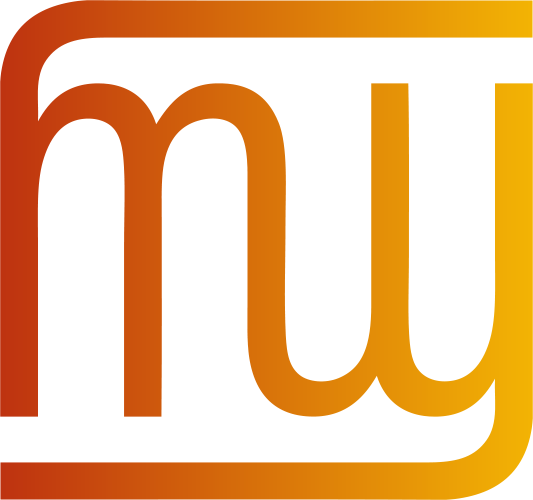 The W3C Internationalization (I18n) Activity works with W3C working groups and liaises with other organizations to make it possible to use Web technologies with different languages, scripts, and cultures.
The W3C Internationalization (I18n) Activity works with W3C working groups and liaises with other organizations to make it possible to use Web technologies with different languages, scripts, and cultures.
From this page you can find articles and other resources about Web internationalization, and information about the groups that make up the Activity.
Read also about opportunities to participate and fund work via the new Sponsorship Program.
What the W3C Internationalization Activity does
Selected quick links
Selected quick links
Selected quick links
New translation into Persian
چرا از ویژگی زبان استفاده کنیم؟ (Why use the lang attribute?)
Thanks to Goudarz Jafari for providing this translation!
New translation into Italian
Localizzazione vs. Internazionalizzazione (Localization vs. Internationalization)
Thanks to Alessia Bosio for providing this translation.
New translation into Italian
Siti Web Monolingue vs Multilingue (Monolingual vs. multilingual Web sites)
Thanks to Alessia Bosio for providing this translation.
New article: How to make list markers stand upright in vertical text
The article How to make list markers stand upright in vertical text has been published.
In Chinese, Japanese, Korean, and Mongolian vertically-set text it is normal for list counters to sit upright above the start of the list. Until recently this was problematic, because browsers would only show the numbers lying on their side. This article describes how to make them stand upright, and the currently remaining issues to make this look perfect.
Updated article: Typographic character units in complex scripts
The article “Typographic character units in complex scripts” was updated to reflect changes in grapheme cluster boundaries related to conjuncts in various scripts.
New translation into Chinese
世界各地的人名 (Personal names around the world)
Thanks to Fuqiao Xue for providing this translation.
FOR REVIEW: Working with Time and Time Zones
An updated version of Working with Time and Time Zones is out for wide review. We are looking for comments by Thursday, 23 January 2025.
Working with time values can be the source of confusion for developers and users because of the complexity inherent in calendars. Local changes, such as daylights savings (summer) time can interfere with the orderly progression or comparison of values and users in different locations can see the wrong date or time displayed, especially if the developer doesn’t understand how to manage the information appropriately. This document contains guidelines and best practices for working with time values in applications and document formats on the Web, as well as an explanation of the core concepts.
To comment, please file issues on our github repo.
FOR REVIEW: How to make list markers stand upright in vertical text
The article How to make list markers stand upright in vertical text. is out for wide review. We are looking for comments by Friday 29 April.
In Chinese, Japanese, Korean, and Mongolian vertically-set text it is normal for list counters to sit upright above the start of the list. Until recently this was problematic, because browsers would only show the numbers lying on their side. This article describes how to make them stand upright, and the currently remaining issues to make this look perfect.
Please send any comments as github issues by clicking on this link, or on “Leave a comment” at the bottom of the article. (That will add some useful information to your comment.)
New translation into Chinese
断行的方法 (Approaches to line breaking)
Thanks to Fuqiao Xue for providing this translation.
New First Public Working Drafts: Bengali, Canadian Syllabics, Cherokee, Cyrillic, Devanagari, Ethiopic, Georgian, Greek, Gujarati, Japanese, Javanese, Korean, Mongolian, Osage, Tamil, Tibetan
The Internationalization Activity published the following FPWD documents.
- Bengali Script Resources
- Canadian Syllabics Script Resources
- Cherokee Script Resources
- Cyrillic Script Resources
- Devanagari Script Resources
- Ethiopic Script Resources
- Georgian Script Resources
- Greek Script Resources
- Gujarati Script Resources
- Japanese Script Resources
- Javanese Script Resources
- Korean Script Resources
- Mongolian Script Resources
- Osage Script Resources
- Tamil Script Resources
- Tibetan Script Resources
The documents related to language enablement at the W3C continue and expand the work to reorganise information to represent scripts, rather than individual languages. The newly published -lreq documents should be a first port of call for information related to a given script. They point to descriptions about how the scripts work, to tests, to discussions, to type samples, and more, all organised by topic.
Comments welcome, via the GH links indicated at the top of each page.
